The first few times you encounter a button-mashing event in a game can be wonderful. You, unfamiliar with the concept, are suddenly presented with the Square button flashing on the screen. What could this mean? Should I start pressing it now? Let's press it loads and see what happens.
The more you mash the button, you see a reaction happening on-screen, whether it's a character lifting something weighty, running faster, or attacking something with greater force. Unfortunately, over the years, these all-too-familiar, often pace-destroying, immersion-killing moments have remained unchanged and sometimes laborious. Still, some games managed to get Quick-Time-Events (or QTEs) right.
Updated January 19th, 2023, by Chris Sanfilippo: Our latest update focuses on brilliant QTE-heavy games from the past and present. For instance, we give credos to QTE innovators, such as Shenmue and Asura's Wrath. However, we also acknowledge more recent titles, including the sci-fi adventure Detroit: Become Human and the summer camp horror romp The Quarry.
12 Yakuza 0
Sometimes, even the most mundane quick-time challenge gets rescued by the motivation behind it. This is the case in the Yakuza series, as the game has you singing karaoke, dancing, and picking up phones as fast as possible when you're not busy on your mission across Tokyo and Osaka.
The utilization of QTEs in combat is also achieved remarkably, blending boss battles with intense and often challenging button prompts to nail. Though basic push-the-button-at-the-right-time moments, when you're doing it for some top-notch animation of Kiryu singing Baka Mitai, it's so worth it.
11 Heavy Rain
An experimental cult classic upon its release in 2010, this choose-your-adventure serial killer drama was primarily marketed on its responsive QTEs. Using the Playstation 3's motion controls, the game saw you hit buttons and move your controller to investigate crime scenes and chase suspects.
The intense set pieces and frantic pacing were made all the more anxiety-inducing by the sheer variety of QTEs that could be thrown upon you at any moment, with the game often commanding you to mash, hold, or shake, sometimes all at once. Heavy Rain was also filled with multiple options that affected the path of the game. So, no pressure hitting those buttons or anything.
10 God of War 2
Before God of War ditched QTEs in the epic 2018 reboot, the hyperviolent franchise utilized them significantly in the original PS2 outings. Battling mythological legends such as Icarus, Kraken, and Zeus, God of War 2 was renowned for having some brutally difficult QTEs to match the equally brutal events happening on screen.
Though not overly complicated or dynamic sequences, the fight choreography was all too gory and entertaining to make players care. The iconic combat filled with hefty weaponry and devastating finishing blows was a rare case of having QTEs make them more tactile and empowering.
9 Until Dawn
Horror and QTEs often go hand-in-hand, and Until Dawn set the bar high upon its launch. With cat-and-mouse set-pieces galore, the Heavy Rain-Esque sequences tasked players with selecting places to hide, exploring creepy settings, and fighting or fleeing enemies.
During some hot-on-your-heels serial killer chase sequences, some control prompts included staying still in real life to make your character unnoticeable by the game's numerous killers. This level of enhanced immersion, paired with the gnarly life-or-death consequences of failing, raised the stakes drastically and made Until Dawn a go-to QTE game.
8 Shenmue
QTEs feel commonplace in today's gaming landscape. However, the concept was unheard of during the development and launch of Shenmue, a pivotal Dreamcast title from 1999. Shenmue was an action-adventure title that told the story of a young martial artist, Ryo Hazuki, as he investigated his father's murder in 1980s Yokosuka.
The Shenmue series integrated QTEs heavily into its storytelling. For instance, in one of Shenmue 2's most memorable scenes, the player must refrain from pressing the A button while a barber holds his razor against Ryo's neck. If they succeed, the barber teaches Ryo the wude, a set of true virtues valued by martial artists. These gripping early examples of QTEs make Shenmue and its sequels vital for QTE enthusiasts.
7 Asura's Wrath
Asura's Wrath, one of Capcom's most unique launches from the PS3/Xbox 360 era, tells the story of a demigod, Asura, who seeks revenge on fellow demigods who betrayed him. In his journey, Asura engages in many high-stakes battles that seamlessly meld third-person combat, rail shooting, and QTE combat.
While most games with QTEs assess player input by a Pass/Fail rubric, Asura's Wrath rewards players with more precise timing. For instance, each game level awards a letter grade based on a time score, battle points, and a QTE synchronization rate. Players who finish at least five levels with an S rank unlock the game's hidden 'true ending.'
6 The Quarry
The Quarry, a game launched when QTEs were considered a video game standard, is so self-aware that it includes a narrated Quick-Time-Event tutorial. However, you'll discover that the campy cartoon tutorial was necessary since QTEs are essential to this campfire horror story's gameplay.
QTEs in this title range from unremarkable tasks to story-changing moments. For example, one early QTE tasks the player with hitting a high-five with another character. However, later QTEs can lead to disastrous outcomes, including gnarly character deaths by the claws and fangs of bloodthirsty werewolves!
5 Detroit: Become Human
As evidenced by other titles, such as Heavy Rain, development studio Quantic Dream has a knack for helming fantastic Quick-Time-Events. One of the studio's best examples is Detroit: Become Human, a title exploring the lives of three androids embroiled in a reckoning of AI sentience in a futuristic Detroit, Michigan.
Detroit's QTEs are equally challenging and story-defining. For instance, playing through pivotal moments, like when a housekeeper android breaks free of her programming and disobeys an abusive owner, feels weighted with emotional gravitas. However, performing QTEs to escape this abusive owner becomes formidable, with life-or-death consequences.
4 Star Wars: The Force Unleashed 2
Just when you think you've become desensitized to the idea that if you press the button harder, you'll achieve your goal faster, Star Wars: The Force Unleashed 2 happens. Seamlessly blending QTEs with combat, the LucasArts sequel embued players with The Force in numerous ways.
The 2010 game took inspiration from the iconic fan-favorite sequence of its predecessor, in which anti-hero protagonist Starkiller singlehandedly takes down a Star Destroyer in a QTE sequence. As a result, the follow-up was filled with mini QTEs that saw players dismantle, compact, and crush AT-ATs, throw jetpack stormtroopers from the sky, and even cross lightsabers with Vader himself.
3 The Walking Dead: The Game
The Walking Dead: The Game is a prime example of a video game adaptation as esteemed as its source content. The zombie apocalypse journey put players in high-stakes situations with limited time to initiate potentially lethal decisions.
The multi-layered game reacted accordingly to the choices players made, making the experience unique and immersive for each player. Covering everything from exploration, combat, conversating, and more, the dynamic story integrated equal measures of drama, action, and a wide range of characters to engage and connect with.
2 Mario and Luigi: Bowser's Inside Story
RPG haters often use one thing to strengthen their arguments against them: turn-based combat. However, despite undergoing occasional innovations here and there, the strategy-based fight format has stood the test of time and remained massively popular, largely thanks to Final Fantasy and Pokemon.
On a less epic but equally enjoyable level, Mario and Luigi's DS outing Bowser's Inside Story made QTE part of the traditional turn-based combat system. Shrunken to minimal size and inhaled by arch-nemesis Bowser, the iconic duo navigates his innards, battling classic enemies and a plethora of new, harmful bacteria, bashing them with hammers and kicking shells in satisfying rhythm-like sequences.
1 The Legend of Zelda: Phantom Hourglass
It's hard to believe that this legendary DS game came out in 2007. Making full use of the touch screen (and, in one case, the physical closing mechanism of the handheld console), Phantom Hourglass saw the series return to its cartoon style for a sea-faring adventure.
Though not an outright QTE-based game, during intense battles, the game demanded players to be accurate with their stylus swipes, slashes, and stabs to overcome all manners of evil. An inaccurate motion on the screen could lead to failure in battle.

-8.jpg)
-Cropped-1.jpg)
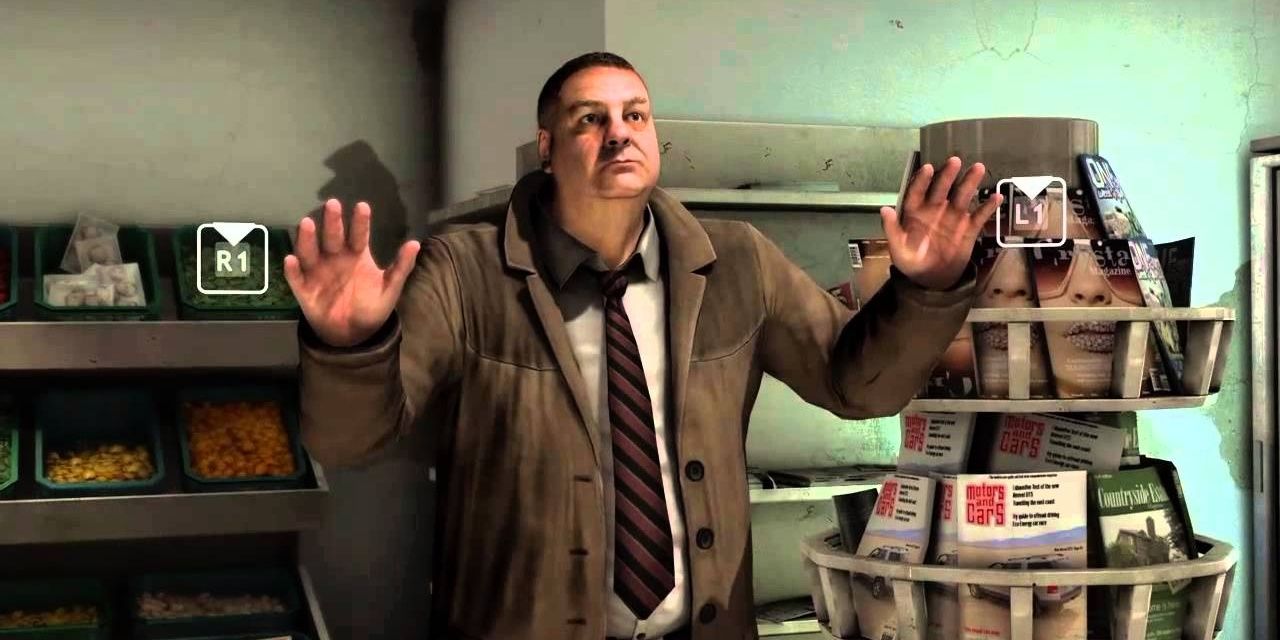
-Cropped-1.jpg)
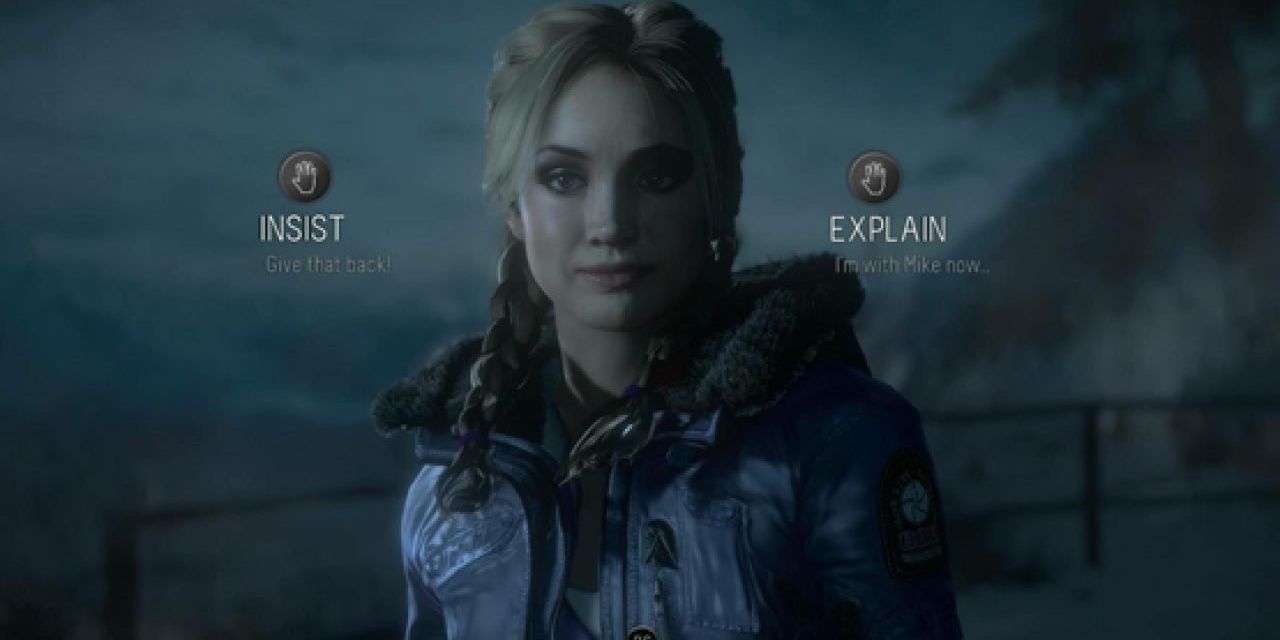
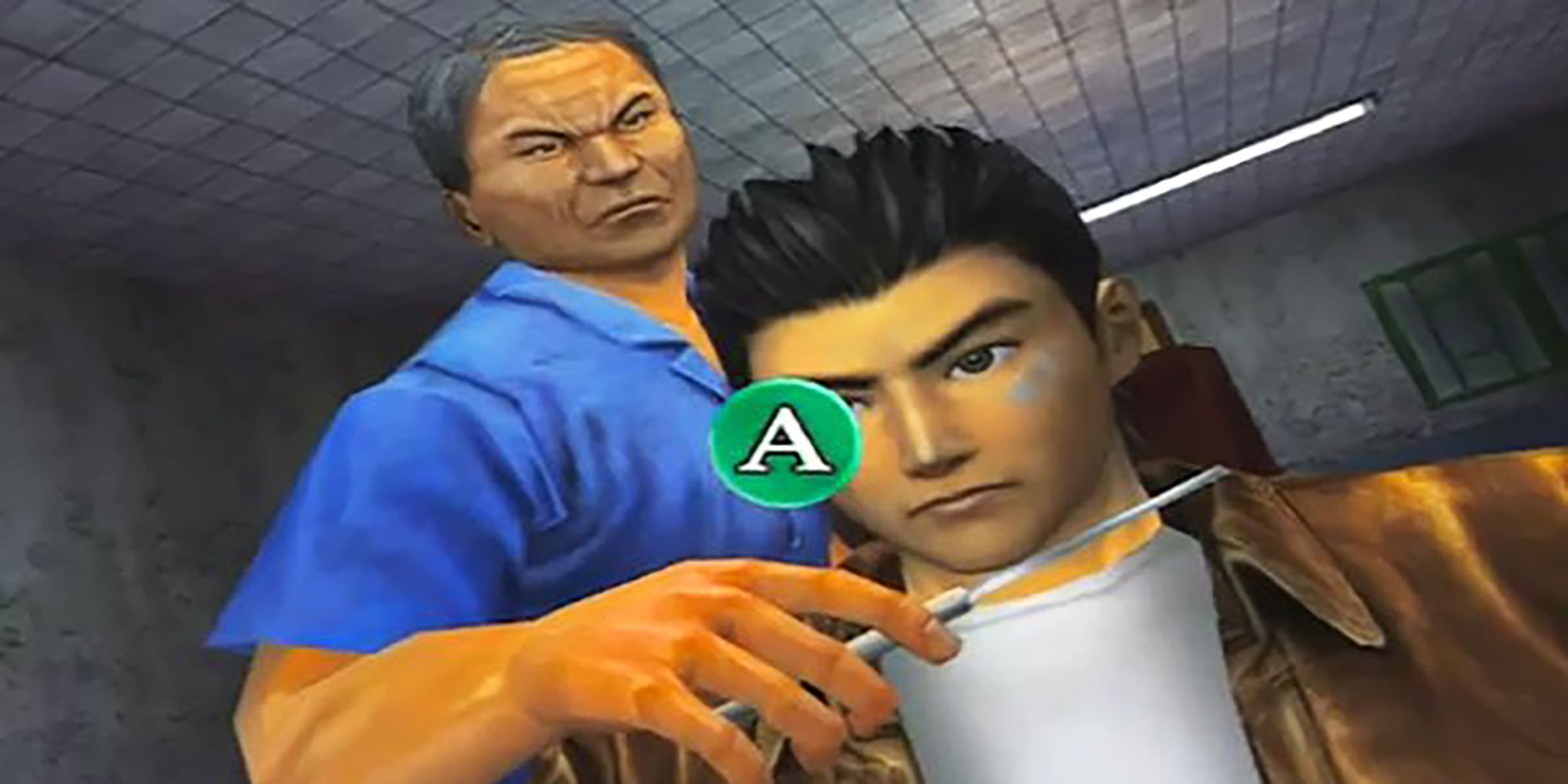
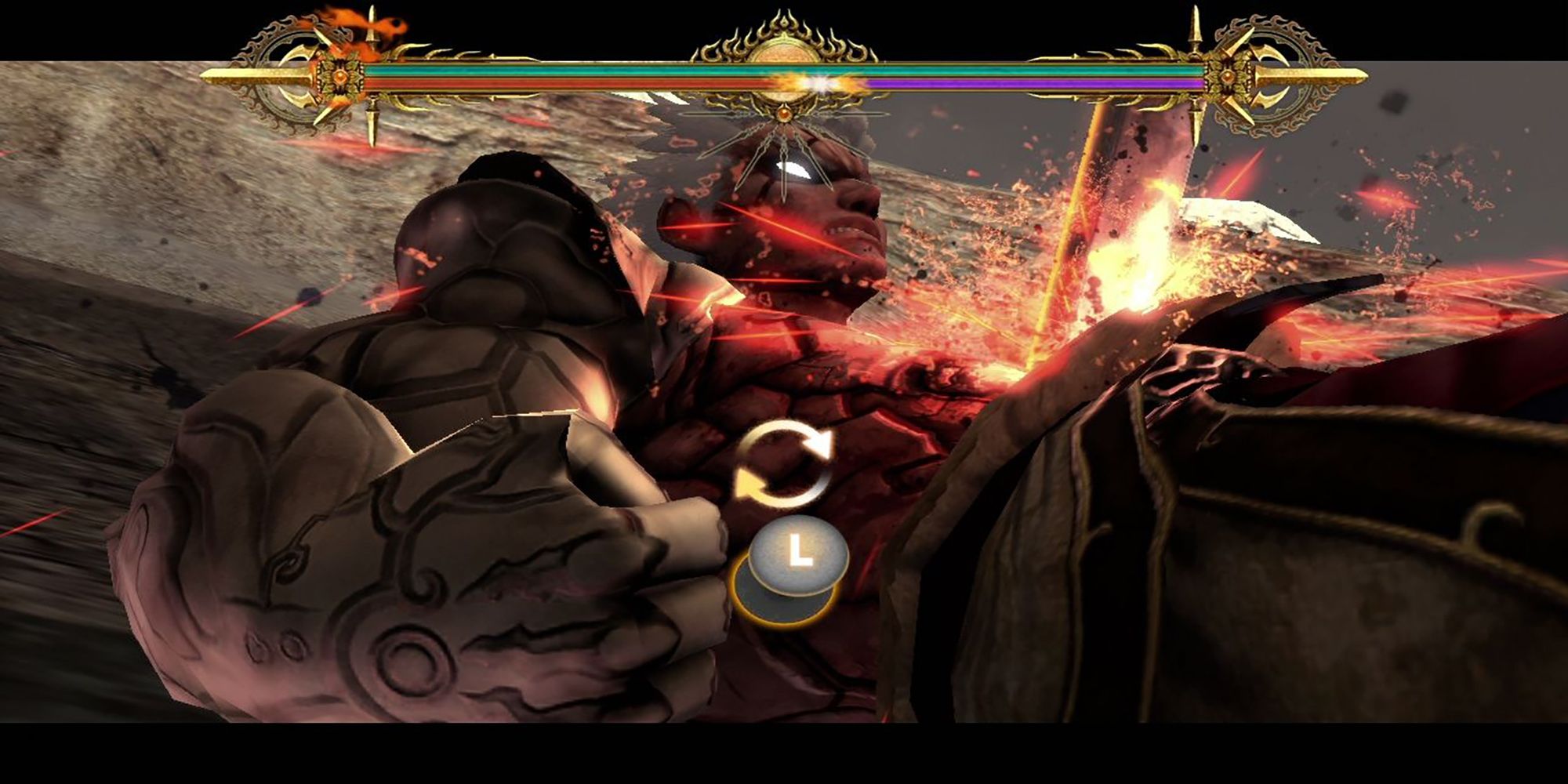
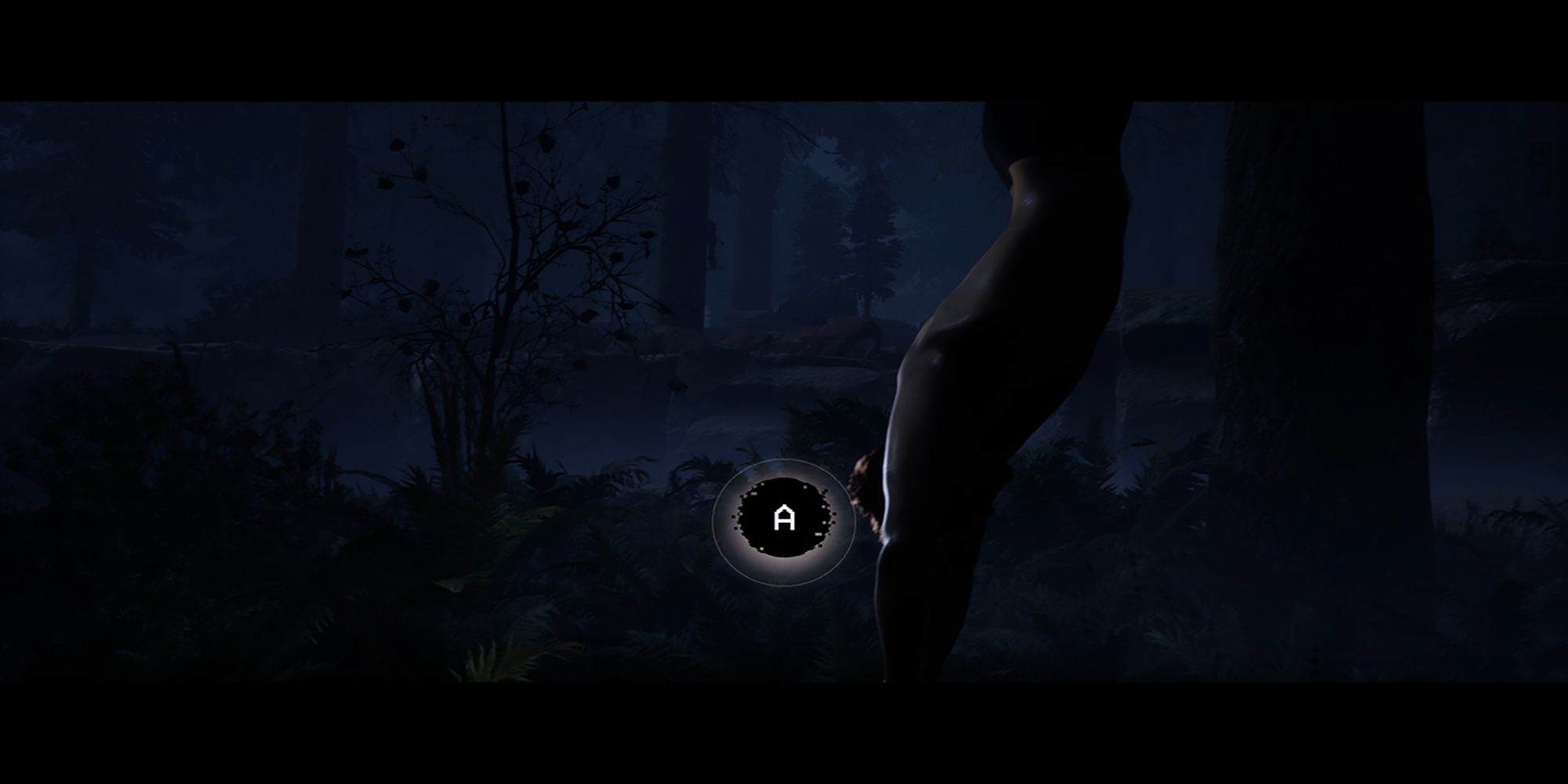
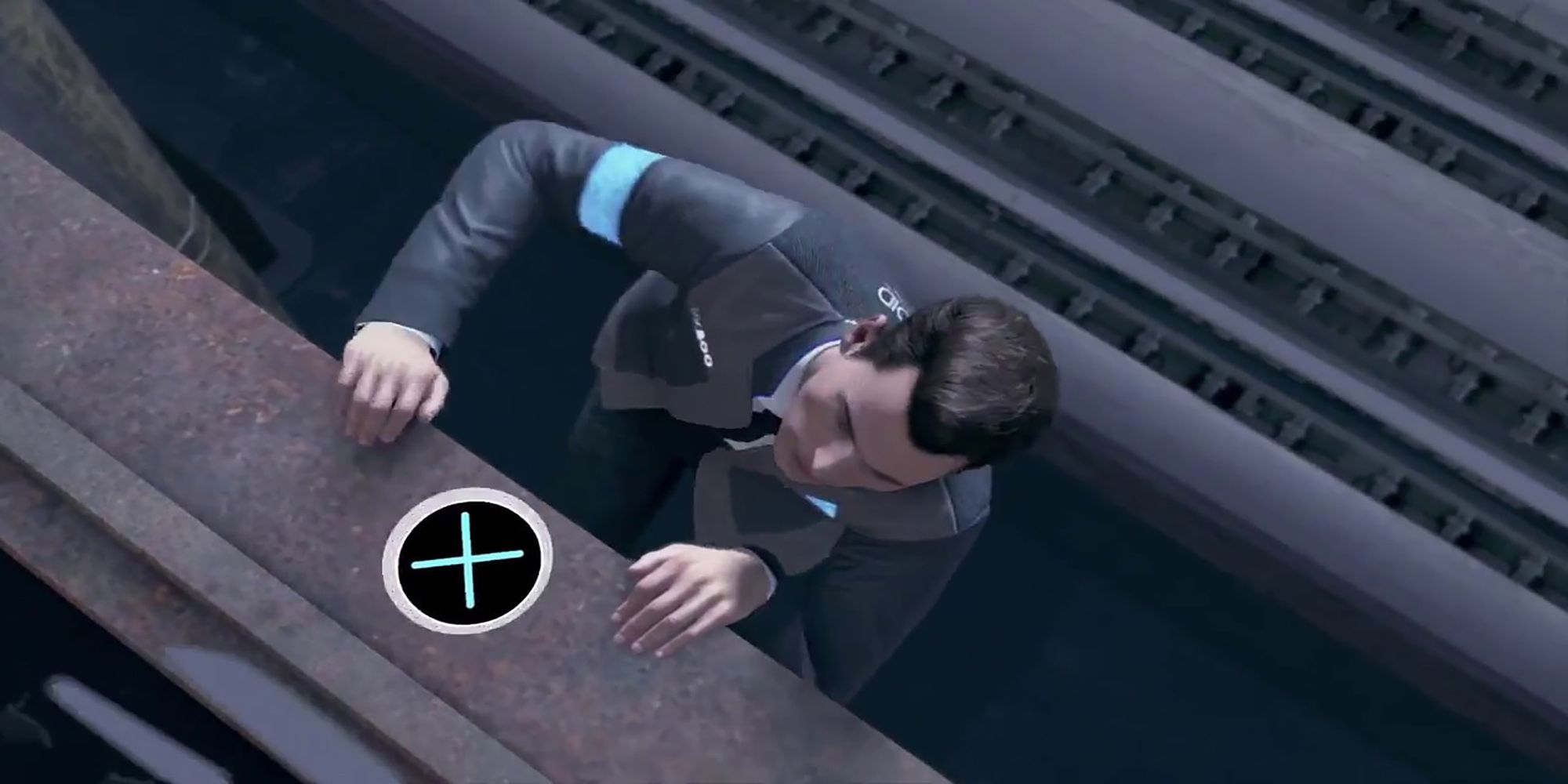
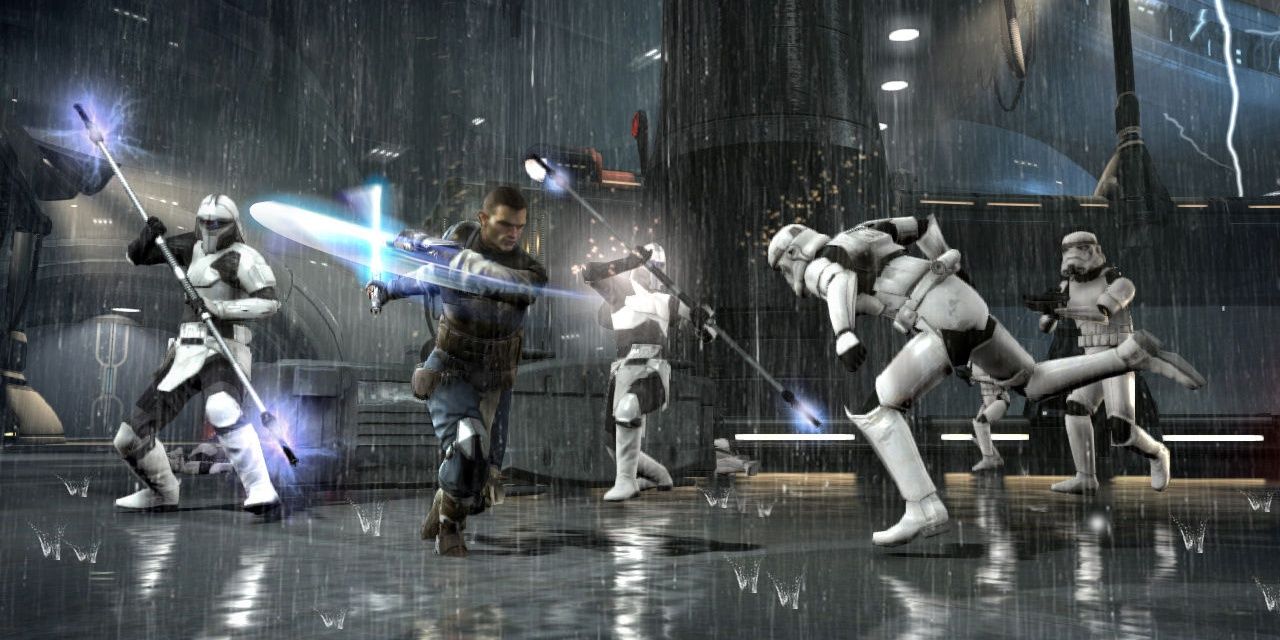
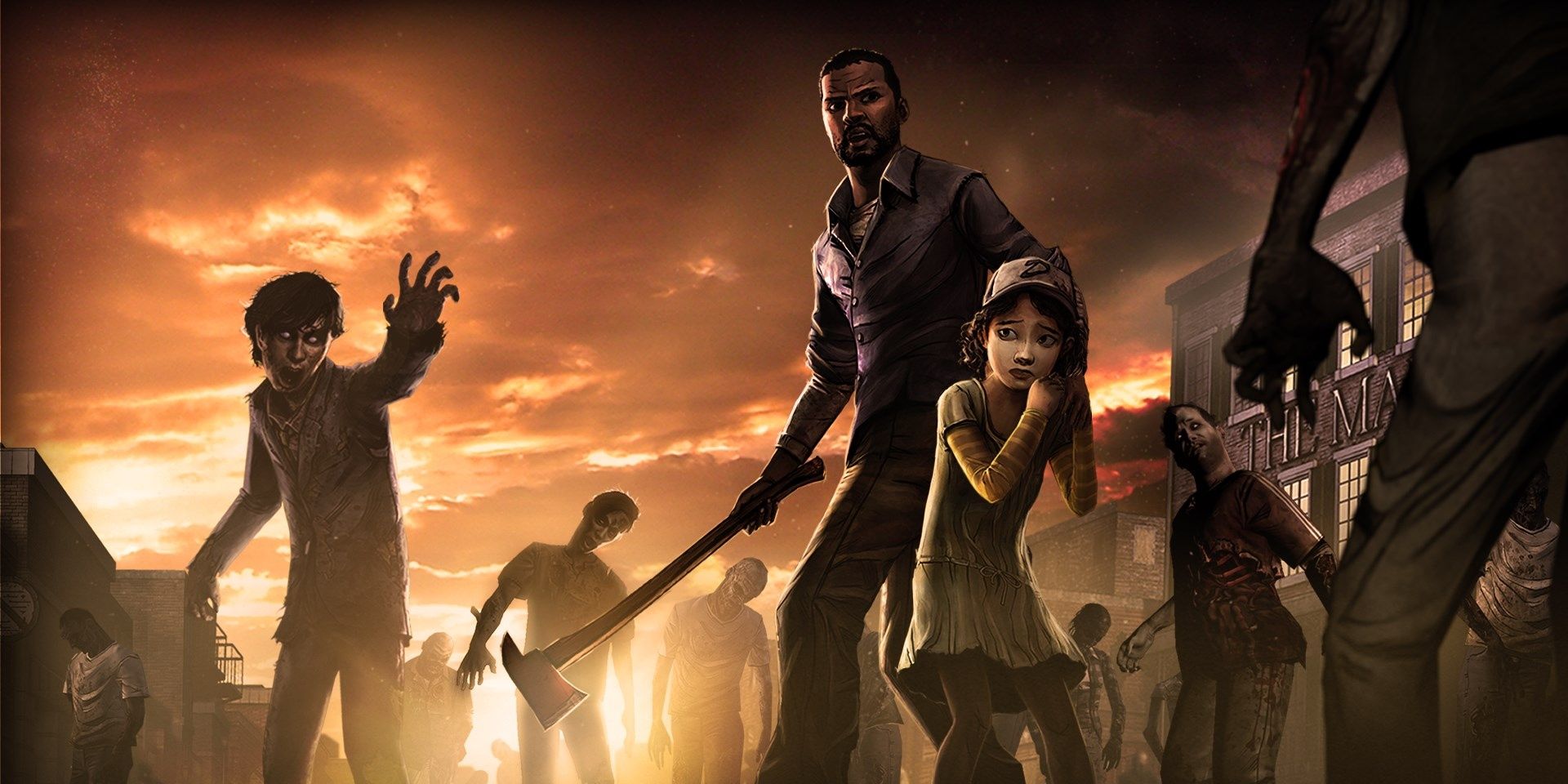
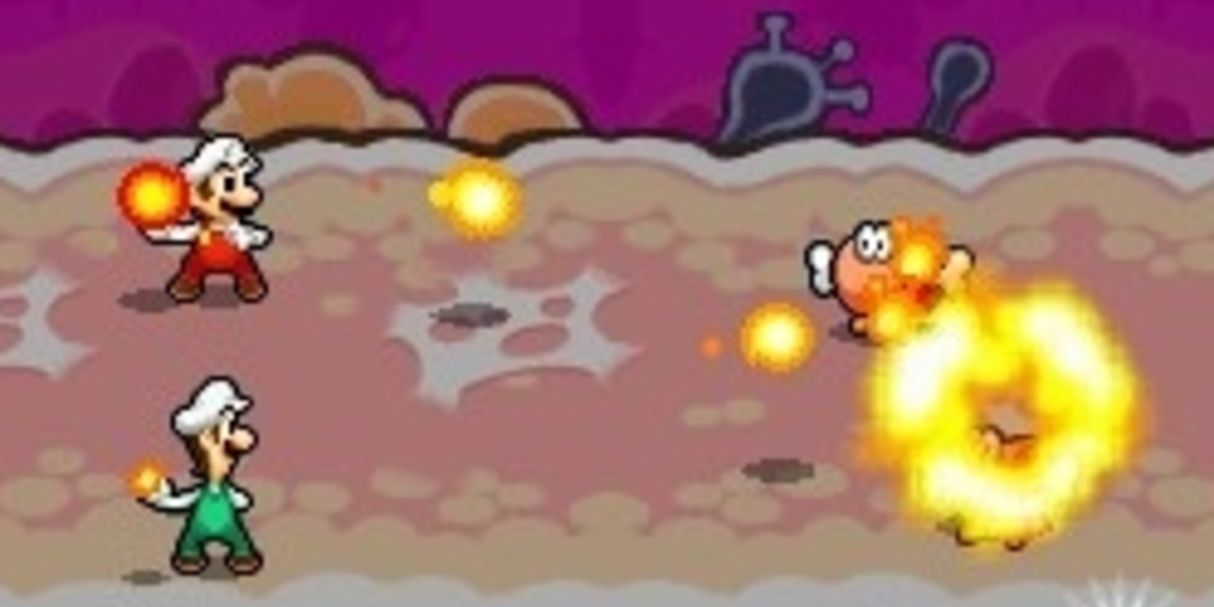
-Cropped-1.jpg)